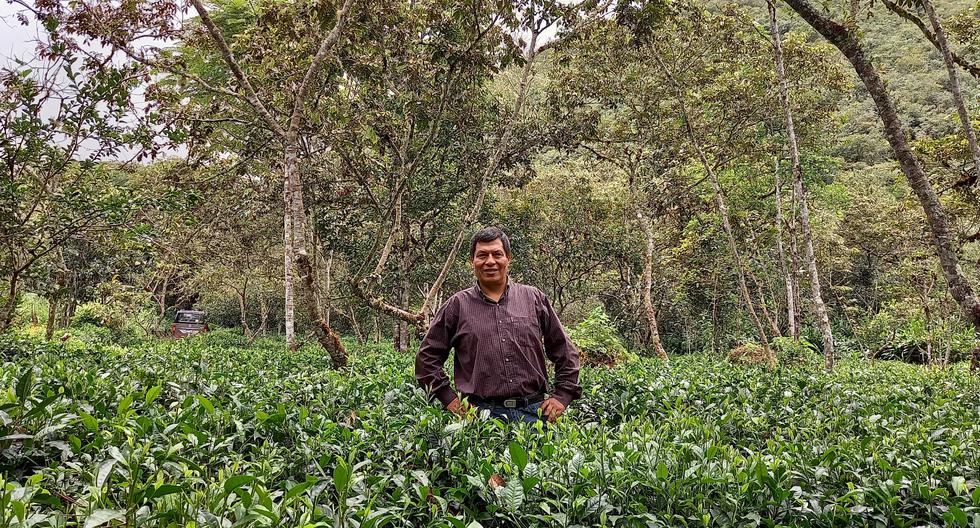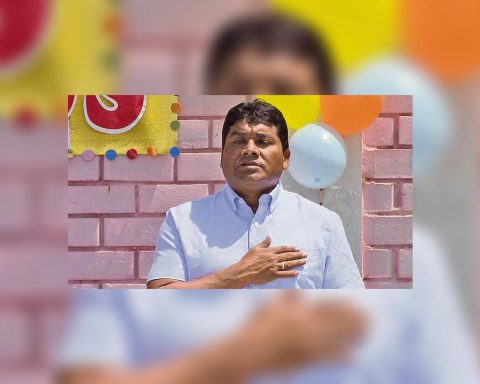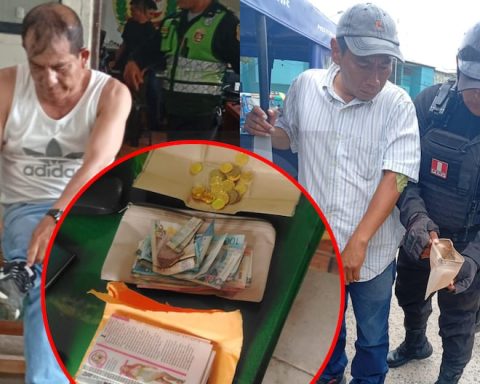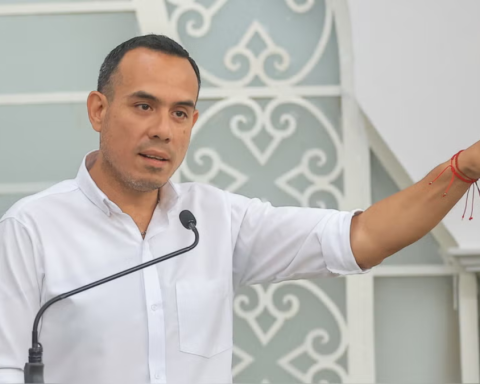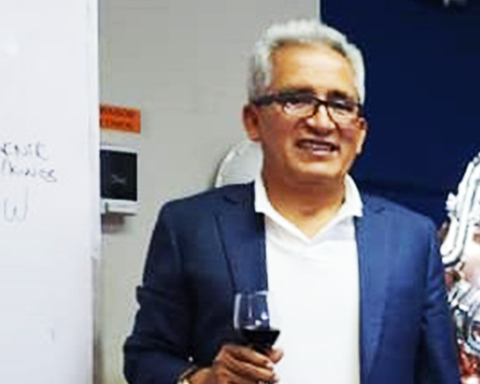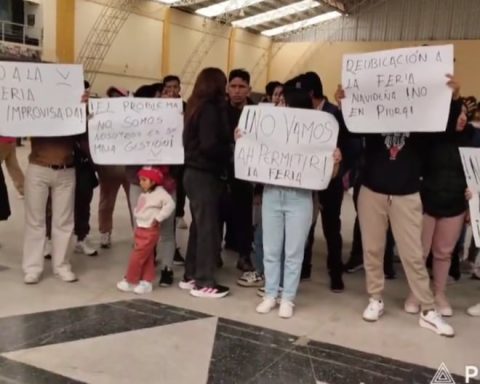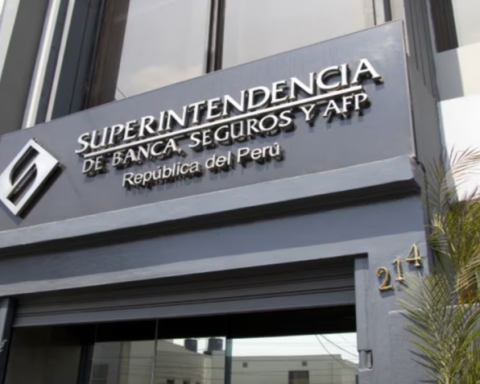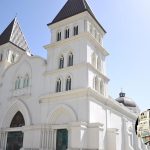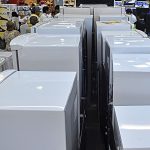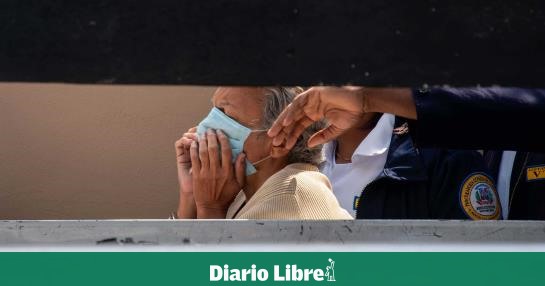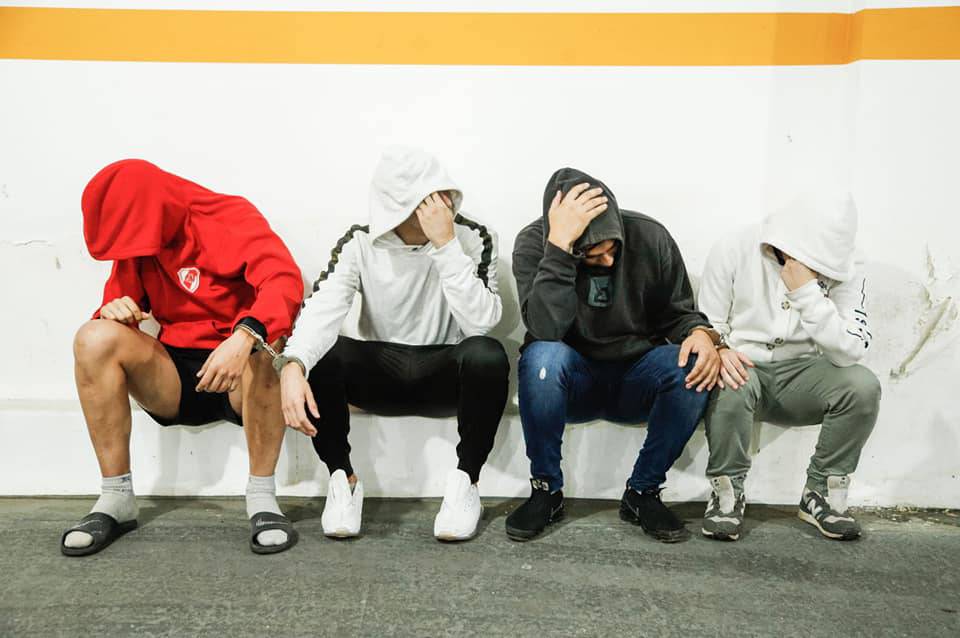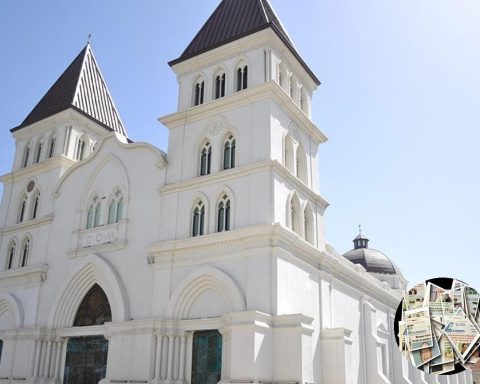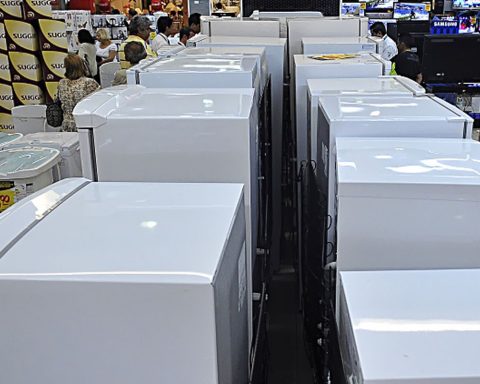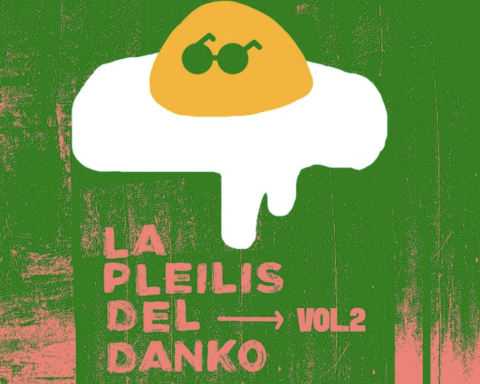He returned to the same place where his father was, four hours by car from the city of Cusco. “I came to get the nail out, because it’s something that my dad might have dreamed of doing, but he couldn’t,” she tells me over the phone from Yanayaco, in the Huayopata district, where he lives and where the factory is located. tea that leads, five minutes by car from the town center Huyro. Where he lived from 6 to 9 years old, after his father bought the farm in the middle of the agrarian reform.
He returned and Germán Povea has achieved that Peruvian tea makes its first export to the European market a reality, after receiving the permission of the Group Palais des Thes, a French giant dedicated to importing specialty teas worldwide, and the Swiss company Café Viajero, owned by the Peruvian Carolina Gobet, thanks to the management of PROMPERÚ. All surrendered to the black and green teas of the La Convención valley.
He was born under a counter in his parents’ grocery store, he did not study for any professional career, he continued the family tradition, he never worked for a company or had bosses. But eight years ago, after a divorce, he left the city and went to the countryside, after the nostalgia of his childhood and to put his essence to the test: creating a company.
SIGHT: Magaly Solier: “Until now I don’t feel like an actress, maybe in 70 years”
-Why has he come back?
We are merchants, we made companies in Cusco, from mills to bakeries. It could be said that in Cusco we have a name. And also as a result of certain types of circumstances, such as stress, family problems; So, I decided to turn my life around. At that time I began to get this disease that is diabetes; and well, I saw the possibility of doing a business, but I didn’t imagine that I would be involved in tea either. It was like a rematch, let’s see how I do it.
-Why did you choose tea, when you could have looked at coffee?
I came to see the possibility of working in tourism, because we are an hour and a half from Machu Picchu. I’m on the alternate path to the citadel. Between 800 and 1,000 tourists passed through here every day, but there was no way to make the tourists stop and consume. So, there I saw the tea, I found out about the problem, I saw the plantations that were abandoned. I saw that the factories that wanted to resuscitate did not take off. And I said: this is an opportunity. And I plunged fully into studying tea. We know that in Peru there is no tea culture, I had to inform myself with people who know, through the internet making links with Asia and India. This is how I came to the idea of making special tea, due to the conditions of the land. We have eight floors, the land is not flat, it is hilly and the plantations are on those lands, so putting harvesting machinery would be almost insipid, impossible or more expensive. The only way we have to harvest, to carve the tea leaf, is by hand. So, I talked to producers, but only one accepted, out of 100; He is from a higher sector, at 1,950 meters, he is Mr. Huamán.
-And how has Peru, which is not known for producing tea, entered Europe?
It has been the work of many years. With the product that we already had processed, we made comparisons with other imported products, such as from India. Tourists passionate about tea also arrived, bringing their teas and so we made the comparison, the tasting. All this led us to see that we were on the right track.
SIGHT: Olga Zumarán: “I am in love, a passionate and revolutionary love”
-What could differentiate this product?
The organoleptic characteristics that are manifested in the cup. Our tea has the particularity of citrus flavors and is not mixed, it is pure due to the characteristics of the land and the area. With fruit flavors, such as oranges.
-Who are the greats of the tea industry in the world?
Red tea in China, of which we have no knowledge how it is made. In the case of black tea, it is India. Green tea is in Japan.
-What is tea good for?
It has quite a few antioxidants, especially green tea. Black tea has calcium and magnesium, especially. White tea has a lot of catechin, which is good for fighting cancer cells.
-The tea that we find in a warehouse or supermarket where does it come from?
Be careful, what is imported is not tea, it is a product that is technically called BT, which is the product of a bad harvest that through the good technology that the Argentines have, who are the ones that provide us at the South American level, add the product: flavoring and coloring enter, and that is what is taken in Peru.
SIGHT: Ricardo Wiesse on the mural of the Vía Expresa: “It is a waste of emptiness, it is countercultural”
-What potential does Peru have?
Tea is a very noble plant, it has no diseases. However, here the tea producers do not know what to do, they have tea plots that are even very difficult to change crops, because the roots of the tea reach up to 4 meters; to change their cultivation they need machinery, because if we are going to put pesticides on it or burn it, the plant does not die, it is very noble. Of the 2,000 hectares there are, we only have 300 active, the rest are abandoned. They even use the tea plant to make flower arrangements, they are devaluing tea. So, PROMPERÚ and Sierra Exportadora came but not for me but for the cooperatives, but they came and didn’t see anything, although they found out that I was in the market with special tea. And PROMPERÚ asked me if I was able to export, and I said yes. We sent the product and according to the analyzes in accredited laboratories in Europe, if it came out well, it came; if it went wrong, they returned it. Imagine the risk? Purely male I said: now, let’s go. Everyone told me he was crazy. And thank God everything turned out fine. Although we are working with machines from the year 1930, the current ones are very expensive. However, we maintain all processes very carefully. It would be interesting if the State can help me improve this entire production system.
-Are you alone Germán?
We are a family group, but it can be said that we are the only ones in Peru that make special tea. We have to go back to people valuing this product.
SELF-CERTIFICATE:
– “I am Julio Germán Povea Arredondo, I am 53 years old. I was born in Cusco, in the same city. I finished school and because of the family, I dedicated myself to business; I was born in a family of pure merchants. I was at IPAE for a short time, but I couldn’t finish any degree”.
– “I work producing tea, and I am doing a coffee project with my brother and we will see how it turns out, we will annex the three products that we have in the province: coffee, tea and cocoa. And I have two children, who already have a chain of bakeries with eight stores in Cusco”.
– “We are making tea for the local market. Due to the issue of price, we take out a second quality, but we also take out the special product in some specialized stores for Lima. It comes out in bulk, I don’t have a packaged brand yet. And a great variety of herbs and fruits grow in this area.”
